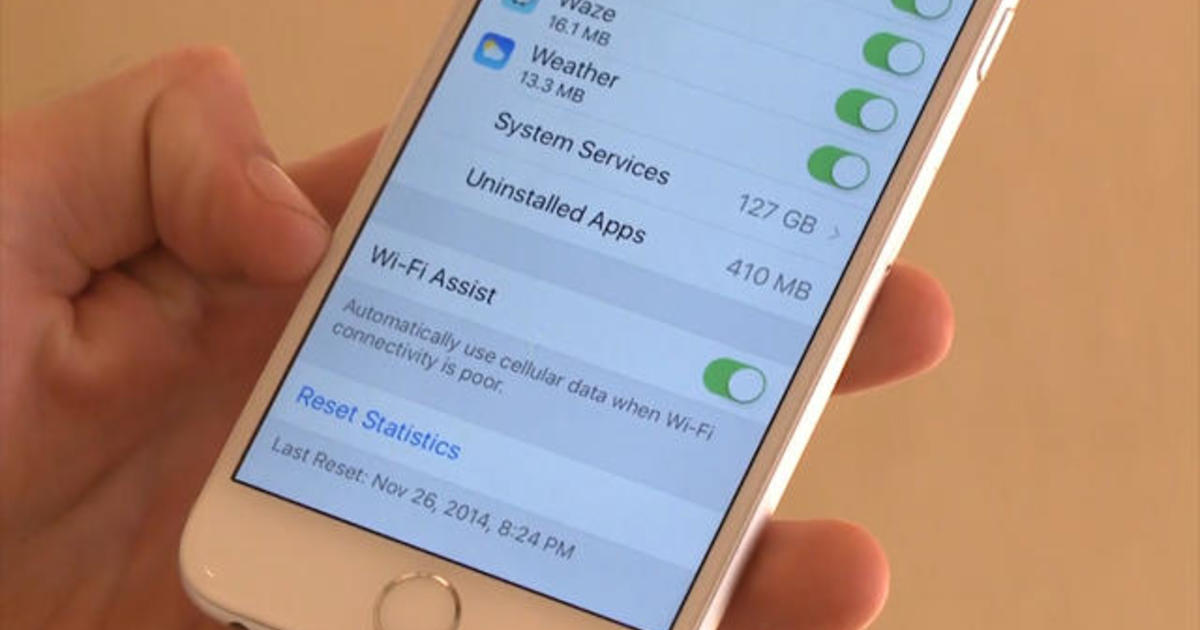BLUE EARTH, Minn. — For more than four decades, John Sonnek has worked at BevComm, a telecommunications provider in Blue Earth that installs fiberoptic cables that connect rural communities to high-speed internet.
Broadband is less of a luxury than it is a basic need in the 21st century—and he still doesn’t have in his own home.
To be able to work from home and do your own [Microsoft Teams] meetings or streaming or Zoom meetings, it’s really a challenge. You can get them done but you have to make sure the rest of your devices in your home are not using up your bandwidth at the time.
WCCO
That makes Sonnek one of the remaining 229,000 homes and businesses in Minnesota that don’t have access to high-speed internet, according to the Office of Broadband Development within the Minnesota Department of Employment and Economic Development.
On Thursday at Bevcomm in Blue Earth, officials touted Minnesota’s success in dispatching nearly $300 million worth of grants over the last 10 years since the broadband office’s inception to help local providers build out the remaining broadband infrastructure.
There are state and federal dollars at play, including an influx of more than $650 million from the Infrastructure Investment and Jobs Act approved by Congress in 2021. That money will be coming in future years and has been described as a “game changer” for broadband.
WCCO
The state legislature also earmarked $100 million this two-year state budget.
In the last year, more funding has enabled projects to connect 46,000 homes and businesses, according to Gov. Tim Walz’s office. But there’s still work yet to do to plug the gap.
And the connecting the remaining households and businesses will be the most challenging and could take even more investment.
“As we continue to break through all the needs in Minnesota, we know it’s only going to get more expensive because the harder to serve and those last miles are more costly,” said Bree Maki, the executive director of the Office of Broadband Development.
The state’s statutory goal is that everyone has access to high speeds of 100 megabits per second for downloads and 20 megabits per second for uploads by 2026. Sonnek’s internet isn’t even close at 15Mbps/1Mbps—and those speeds don’t even meet the definition of broadband by the Federal Communications Commission.
Bevcomm has leveraged grant funding through the Office of Broadband Development to connect 75% of its broadband subscribers to a fiberoptic connection, its chief executive officer Bill Eckles said Thursday.

Tyler Fields is your internet guru, delving into the latest trends, developments, and issues shaping the online world. With a focus on internet culture, cybersecurity, and emerging technologies, Tyler keeps readers informed about the dynamic landscape of the internet and its impact on our digital lives.


